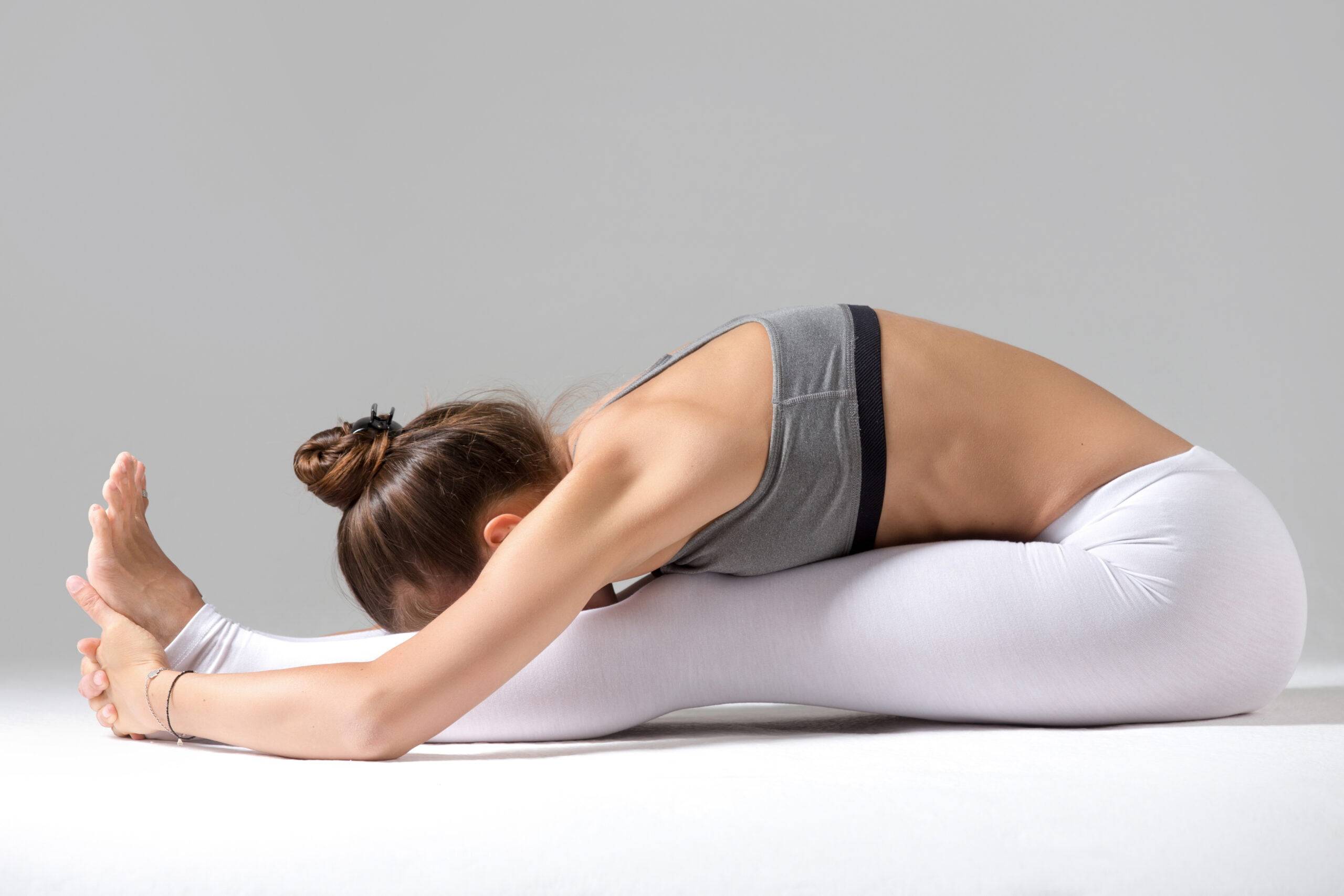Benefits of Seated Forward Bend Pose
The Seated Forward Bend pose, also known as Paschimottanasana, is one of the most practiced asanas as it offers numerous benefits for the body and mind. Let us delve into some of the key benefits of this asana:
– Stretches the hamstrings, calves, and lower back, promoting flexibility in these areas.
– Relieves tension and tightness in the spine, helping to alleviate back pain.
– Provides stimulation to the abdominal organs.
– Calms the mind and reduces stress and anxiety.
By practicing this pose regularly, you can experience these benefits and improve your overall well-being.
Key Alignment Points and Tips
To perform the Seated Forward Bend pose correctly and safely, it’s important to pay attention to the following key alignment points and tips:
– Sit on a folded blanket and attempt at tilting the pelvis forward, allowing for a deeper stretch in the hamstrings.
– Lengthen the spine and engage the core to maintain a straight back throughout the pose.
– Keep the neck relaxed and avoid rounding the shoulders.
– Start the forward fold from the hips, leading with the chest rather than collapsing the upper body.
– Bend the knees slightly if you feel any discomfort or strain in the lower back or hamstrings.
By keeping these alignment points in mind and practicing with awareness, you can optimize the benefits of the Seated Forward Bend pose.
Variations to Enhance Flexibility
There are several variations of the Seated Forward Bend pose that can help enhance flexibility and target specific areas of the body. Here are a few variations to try:
– Wide-Legged Seated Forward Bend: Open the legs wider than hip-width apart and fold forward between the legs, focusing on stretching the inner thighs and groin.
– One-Legged Seated Forward Bend: Extend one leg straight out in front of you while bending the other knee, allowing for a deeper stretch in the extended leg.
– Seated Forward Bend with a Twist: Place one hand behind you and twist the torso towards the opposite leg, deepening the stretch in the hamstrings and spine.
By incorporating these variations into your practice, you can target different muscle groups and enhance your overall flexibility.
Breathing Techniques for Deeper Stretch
Incorporating specific breathing techniques can help deepen the stretch and promote relaxation in the Seated Forward Bend pose. Here are two techniques to try:
– Ujjayi Breath: Engage in slow, deep inhalations and exhalations through the nose, creating a gentle constriction in the back of the throat. This breath can help calm the mind and enhance the stretch.
– Lengthening Breath: As you inhale, visualize lengthening the spine and reaching the crown of the head towards the ceiling. As you exhale, allow the body to relax deeper into the forward fold.
By syncing your breath with your movements, you can cultivate a sense of ease and deepen the benefits of the Seated Forward Bend pose.
Incorporating Seated Forward Bend into Your Yoga Practice
The Seated Forward Bend pose can be incorporated into your yoga practice in various ways. Here are some suggestions:
– Warm-up: Start your practice with a few rounds of Sun Salutations or gentle stretching to prepare the body for forward folds.
– Stand and Fold: From a standing position, fold forward with a straight back, reaching towards the toes. This can be a modified version of the Seated Forward Bend pose for those with limited mobility.
– Cool Down: End your practice with a seated forward fold to release any remaining tension in the body and promote relaxation.
By exploring different ways to incorporate Seated Forward Bend pose into your practice, you can experience its benefits at various stages of your yoga routine.

